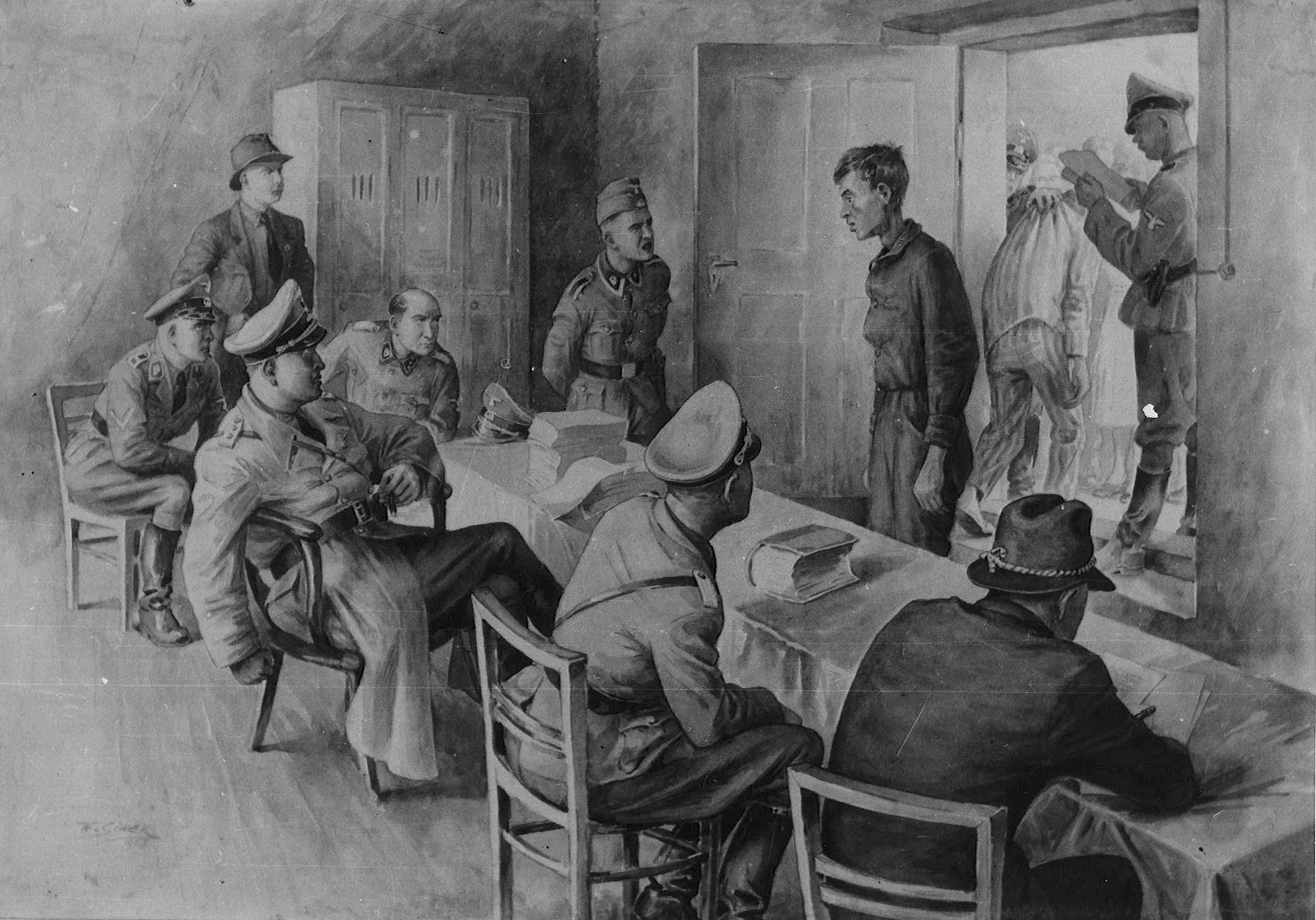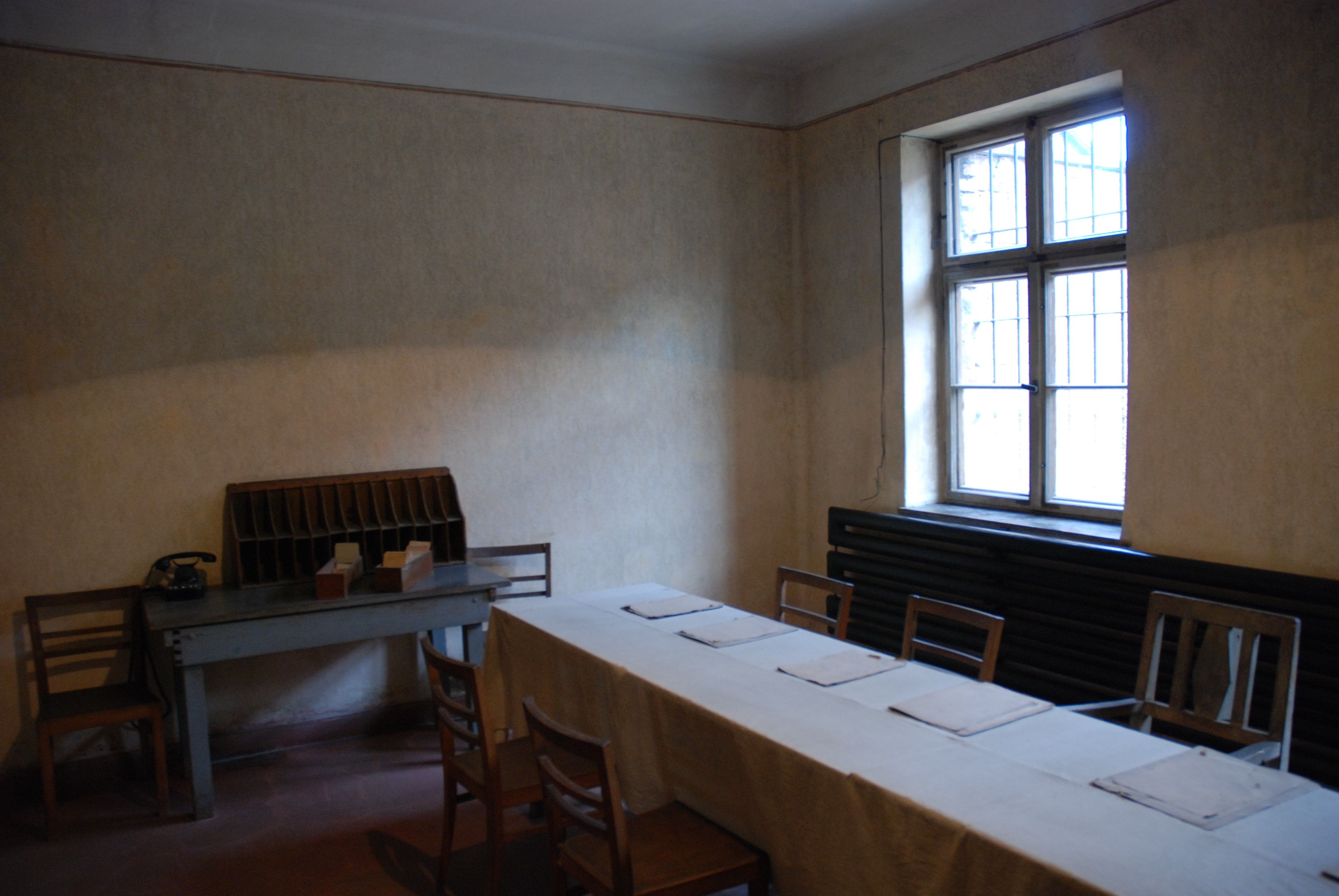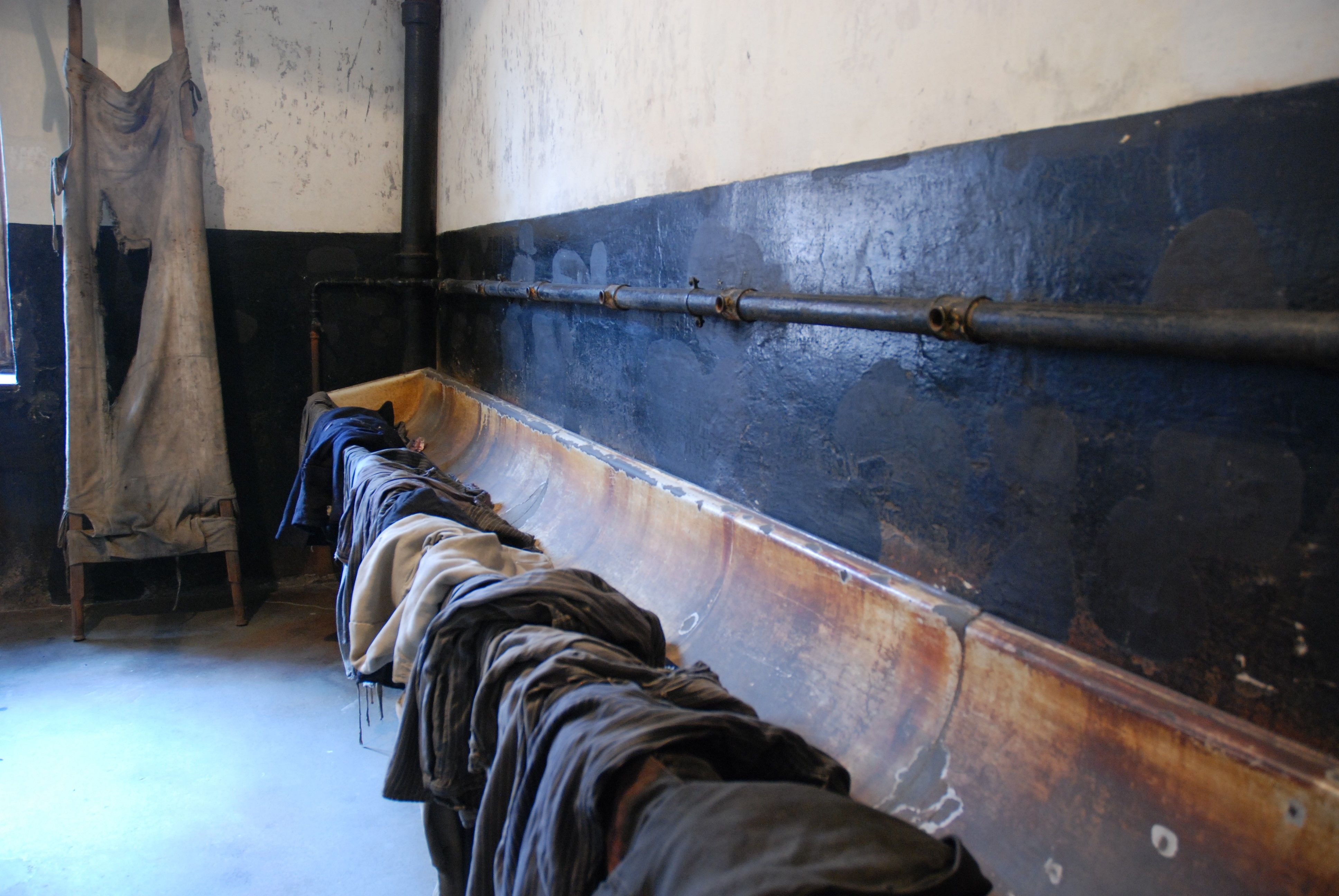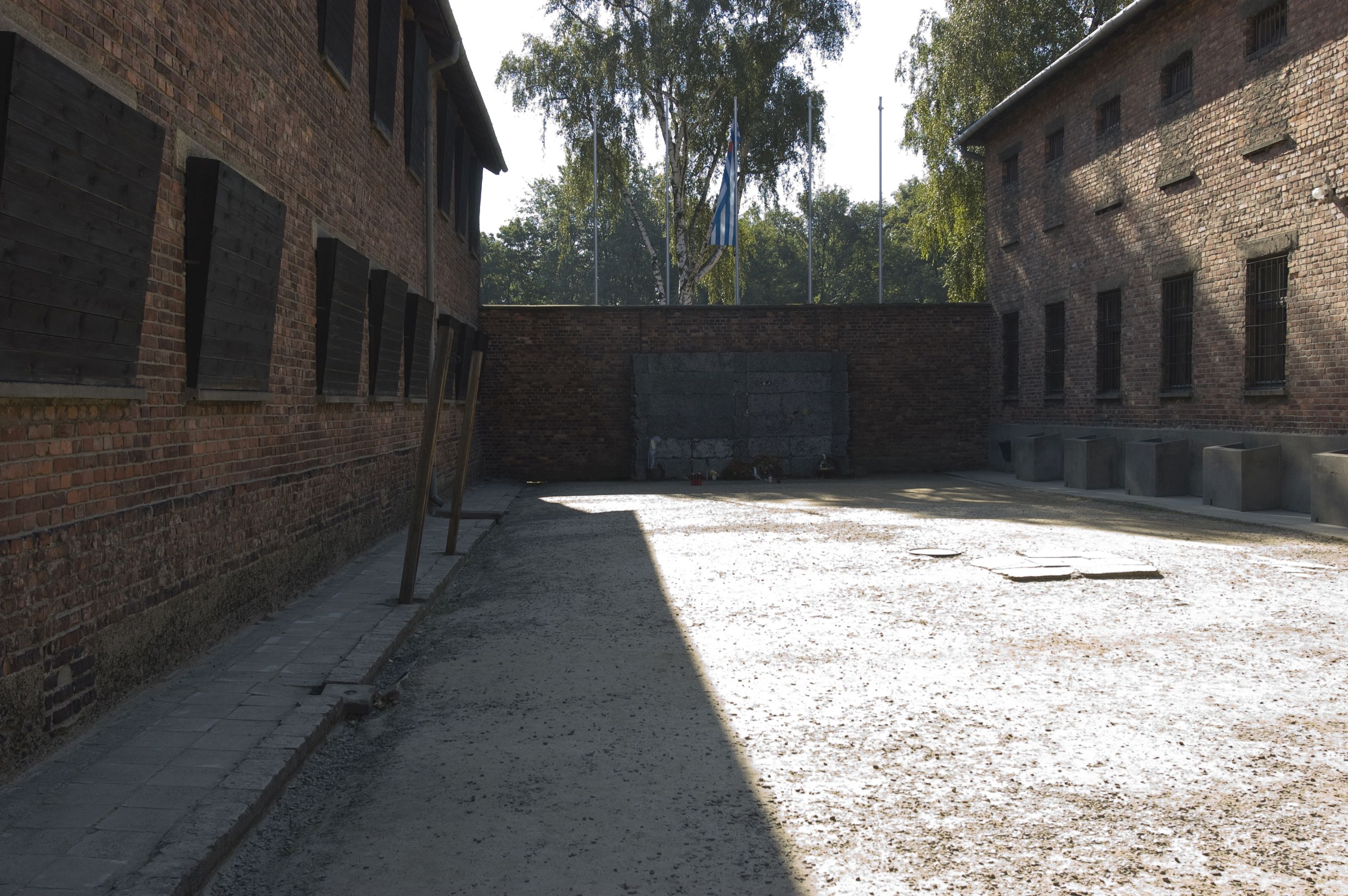Following the Act of December 4, 1941, "On criminal justice for Poles and Jews in the incorporated eastern territories", in July 1942 the Police Summary Court (Polizeistandgericht) in Kattowitz was established with authority over the entire Province of Upper Silesia. Its purpose included fighting more serious crimes against the Reich committed by Poles for political and criminal reasons, that were excluded from the competence of common courts. The chairman of the tribunal was always the head of the Gestapo in Kattowitz (SS-Obersturmbannführers Rudolf Mildner, and then Johannes Thümmler). The defendant did not have the right to appeal against the judges' verdicts and the sentences were carried out immediately.
Initially, summary court meetings were held in Kattowitz and the accused were brought there from a substitute police prison in Myslowitz. After the trial, those sentenced to death were delivered to Auschwitz for execution by shooting.
Probably from the end of February 1943, due to the overcrowding of the Myslowitz prison, detainees began to be placed first in Block 2a in Auschwitz I, and then on the ground floor of Block 11. They were there without the status of a camp prisoner, that is, they were not included in the camp population count, they did not receive striped uniforms and were not tattooed with numbers. If necessary, and at the request of the Gestapo, SS-men from the camp Political Department carried out additional ad hoc hearings, beating and torturing the prisoners. Eventually this led to the shortening of the process, because when a Gestapo car arrived from Kattowitz all the formal documents were already prepared and the "trials", sentencing to death, and execution of the sentence could all take place almost immediately.




